
Royal College of Art - The Show 2003
Sep 8, 2003 - Eighteen final year students at London’s Royal College of Art postgraduate Vehicle Design course displayed their work in the second part of the internationally renowned annual summer show.
The Show: Two featured the work of students in Vehicle Design, Design Products, Industrial Design Engineering, Architecture and Interiors, Computer Related Design, Textiles, Animation, Communication Art and Design, Conservation and History of Design.
The design concepts exhibited by the 18 graduating Vehicle Design students explored a wide range of themes for future mobility, from a plastic car exploring new materials technology to create a new aesthetic, to a moving walkway to aid city mobility.
‘P-Buthan’ by Danny Ram is a plastic car exploring new materials technology to create a new aesthetic and functionality for a sports coupe. Badged as a Fiat, it extends on themes introduced on the Ecobasic concept, and ‘celebrates’ plastic throughout it’s aesthetics and construction, with a unique form language that could only be plastic, with components such as taillamps using a ‘snap-fit’ theme. Named for its thermo-chromatic polybuthalene material, the surface of the sports coupe reacts to it’s surroundings in a similar way to a chameleon. The upper surfaces react to the changing tones of the sky, and if parked under a tree, the surface ‘remembers’ and continues to show the shadows cast upon it for several minutes. At high speed, the rear parts of the cars surface change color to red.
Viktor Holmqvist presented a fuel-cell powered Saab sports coupe, following the makers principles of designing around the driver. The vehicle combines a softly shaped, glossy front end that conforms to future safety regulations, with a more mechanical, matte finished bodyside and exposed metal frame elements. Windows in the lower part of the doors help keep the driver in touch with the surroundings.
Chloe Edwards set out to design a sports car for everyday use by integrating industrial design innovation into the vehicle design process. The combination of approaches has enabled the design to be honest both in terms of functionality and of emotive aspects that determine the sports car experience. The vehicle concept is lightweight and adaptable, with removable body panels and variable power capabilities for driving enjoyment in all situations. A layered structure of several moulded pieces forms the fllor, interior tunnel and seats, which are fixed, and set at sill height for easy entry. The large rear hatch folds down to reveal slide-out storage modules.
In a recent lecture at the RCA, Ford Motor Company design chief J Mays talked about the difficulty in defining market segments and designing vehicles that match the needs of todays diverse buyer groups. Matthew Swann’s design concept ‘Unlike Twins’ looks at this problem, proposing two separate four-seater vehicles based on a single platform, one for more extrovert, outgoing customers, and one for more introverted customers. Like twins, the vehicles develop until a certain point at which they split and take on their own characteristics. The scale model shows two distinct designs, the ‘extrovert’ revealing more of the interior, ‘framing’ the driver with carefully placed window openings, more vibrant colors, more emphasis on vertical elements and light catching surfaces to make the vehicle stand out. By contrast the ‘introvert’ design is more subtle and discreet, with softer and cleaner surfaces, and less confrontational.
‘Living on Wheels’ by Jean-Arthur Madelaine-Advenier is a rebirth of the sleeping cars that emerged in the United States in the late 1920s. The project shows a new approach to the camper van, by combining sportiness and versatility. Rejecting the regular layout of a camper van, this expandable camper allows for new ways of caravanning. For example, the cooking space is on the bonnet, while the roof expands to create enough room for a comfortable double bed.
Leonard Natterer drew inspiration from ceramics in developing the unique form language of his sports estate. “I generated several porcelain sculptures - amorphous, like stones on a beach” explained Leonard, “then I explored them, using brutal cuts, to generate direction describng volume. The next step was to transfer the language of layers and surfaces into an automotive context, exploring the connection between the material and the projects ultimate shape.
For the 16th year running Pilkington Automotive sponsored the Royal College of Art’s Vehicle Design Awards. This years winner of the Pilkington Automotive Best Design Interpretation Award is Mohammed Athur Ali for his ‘Mountain Bike Car’ design.
The Best Design Interpretation Award is presented to the student whose vehicle visually and practically best interprets the design intent. It should explore the limits of the vehicle design, considering both the requirements of industry as well as being able to face tough styling competition.
Mohammed’s design, Mountain Bike Car, is a combination of both a sports car and off-road vehicle. He explains: “With this design, I wanted to create the thrill of a sports car with an all-terrain vehicle. I was inspired by rally cars and wanted to recreate the excitement associated with them for the every day market.” Mohammed’s experience in the automotive industry includes work placements at Ford, London Taxis and Mercedes Benz in Germany as well as spending time at Johnson Controls, an automotive interior design company.
Commendations in the Best Design Interpretation category also went to Graham Hodgson for his Cycle Wave design and Matthew Swann for his ‘Introvert/Extrovert’ Renault.
The 2003 Pilkington Automotive award for the most innovative use of glazing went to Pratap Bose for his Citroen C1 city car design. The award carries a £1500 prize. The winning Citroen C1 design combines the use of automotive glass as a fully functional element of the vehicle together as a style defining element. The glass is used as an interactive panel and can be used as an advertising or message banner. Pratap explains: “I wanted the glazing to be useful, even when the car is parked. By having an electrical message or advertising banner running through the glass and around the car, it makes it a useful in a time when cities are becoming overloaded with vehicles.”
Alan Woodward, global shaping technology manager and head of the judging panel, adds: “The shaping of the glass was a major factor in our decision. The use of concave side glazing and a tall windshield not only enhanced the overall design but demonstrated innovative thinking of the possible use of curves and shapes in glass styling. Together with the LCD display this really was the outstanding glazing application of the show. In addition the diamond seating pattern and side luggage door provided a novel practical solution for the city environment.” Pratap’s experience in the automotive sector includes two and a half years working at Piaggio in Italy.
When dealing with flowing forms or the flow between surfaces, much of the importance lies with the transitions between elements. Benjamin Payne’s project ‘Progression of Form’ looked at controlling the formation of these transitions in order to generate a feeling of fluidity and contuinuity. Forms were developed combining elements of precise control with contrasting naturally formed surfaces.
The RCA Vehicle Design department, which is supported by many major automotive manufacturers, aims to develop the student’s creative, intellectual and critical potential. “Our fundamental aims are to provide a learning environment that stimulates students to go beyond their expectations and become first class designers” explains Dale Harrow, head of the Vehicle Design department. “Research abilities, understanding the future implications of their designs, and taking social responsibility for their work are essential elements of a Vehicle design student’s journey.”
The models, drawings, video and interactive presentations shown provide a narrative of the design process, showing how research meets design concept and both emerge in creative studio practice. Central to the course methodology is the understanding of the broader issues of vehicle design necessary to optimize opportunities for mobility. Students are expected to develop an awareness of the range of issues that affect mobility including accessibility, aerodynamics, environmental impact, ergonomics, legislation, materials, production, safety and technology, as well as aesthetic principles.
The MA curriculum is structured around three themes:
Urban Flow - concentrating on providing advanced inclusive mobility, moving people and/or goods within specific urban environments, improving vehicles and systems.
Inside Out - Focussing on the vehicles materials, production and manufacturing technologies, considering in particular the functional design of vehicle interface with the user.
Automark - exploring strategic design solutions, creating innovative vehicle concepts that provide significant value to a business, identifying and creating new commercial and brand potential.
The course has students from a wide range of cultural and professional backgrounds, with many coming from non-automotive fields of design. The department has expanded it’s research programmes, with students studying for both MPhil and PhD qualifications within the MA studio environment.
The Vehicle Design department has an impressive employment record - almost every automotive design studio in the world employs a Royal College of Art graduate, many in senior executive design positions. The Royal College of Art is the world’s only wholly postgraduate university of art and design, specialising in teaching and research and offering the degrees of MA, MPhil and PhD across the disciplines of fine art, applied art, design, communications and humanities.
There are eight hundred masters and doctoral students and more than a hundred professionals interacting with them - including scholars, leading practitioners of art and design and the school benefits from innumerable specialists, advisors and distinguished visitors.
Royal College of Art website: www.rca.ac.uk
Photos: Brett Patterson

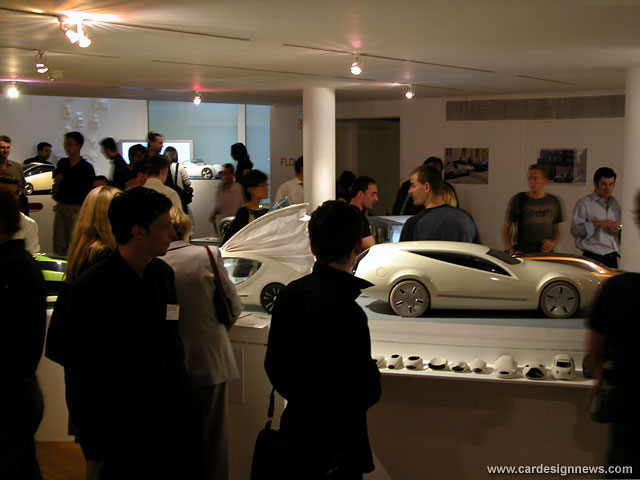
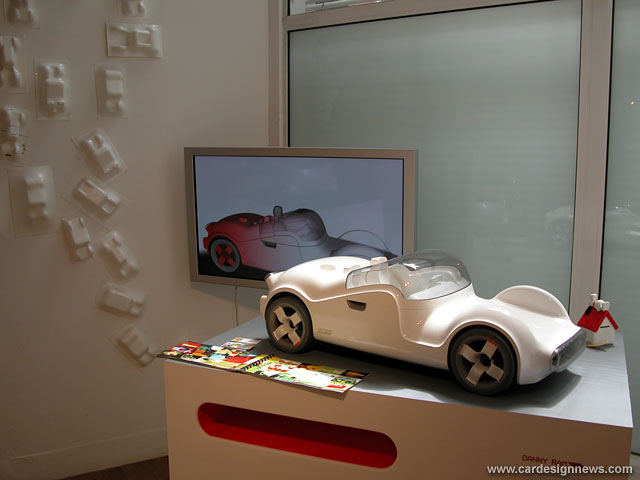
P-Buthan by Danny Ram
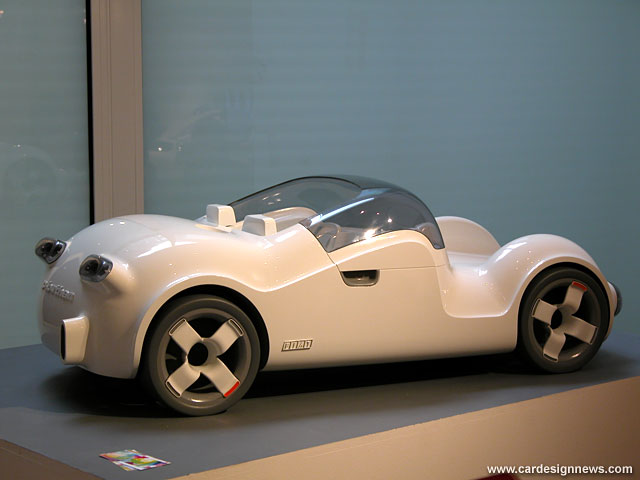
Danny Ram
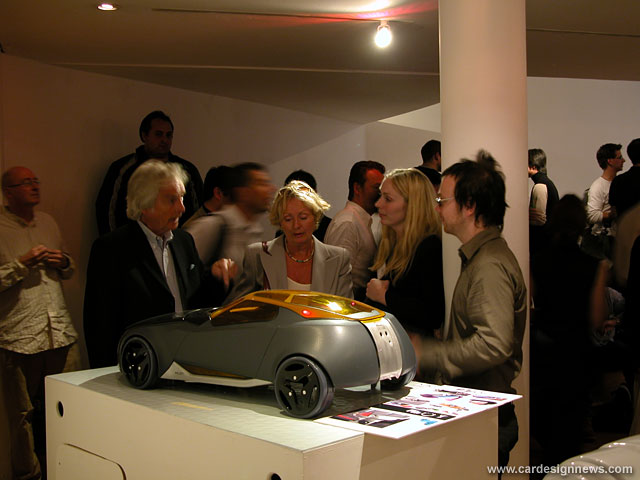
Victor Holmqvist
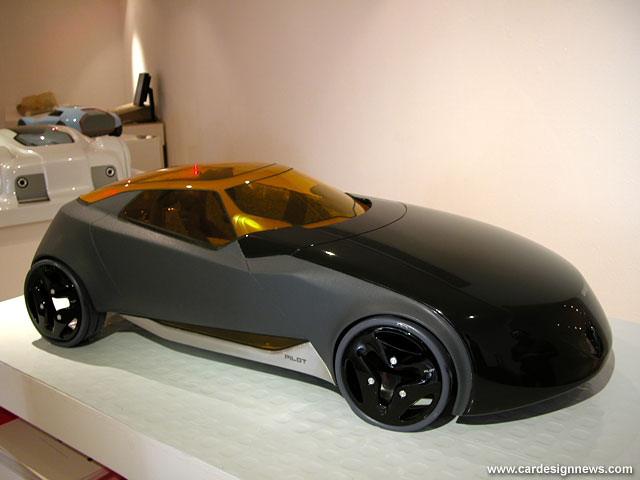
Saab by Victor Holmqvist
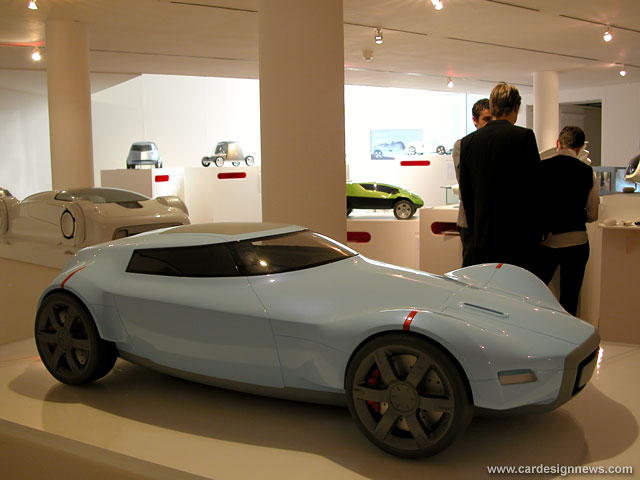
‘Mixing Disciplines’ by Chloe Edwards

Chloe Edwards

Matthew Swann
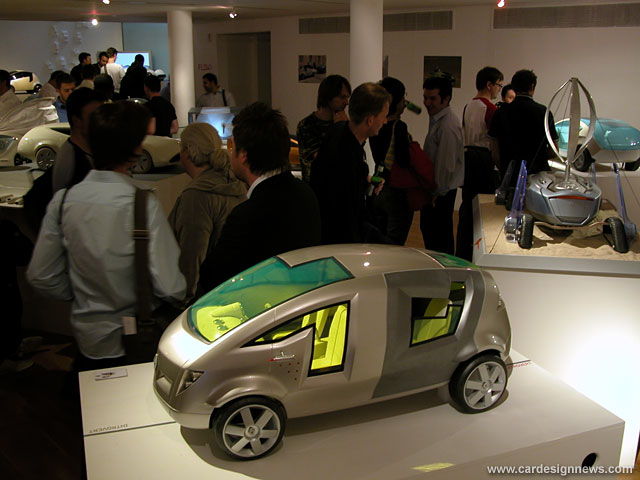
‘Unlike Twins’ by Matthew Swann
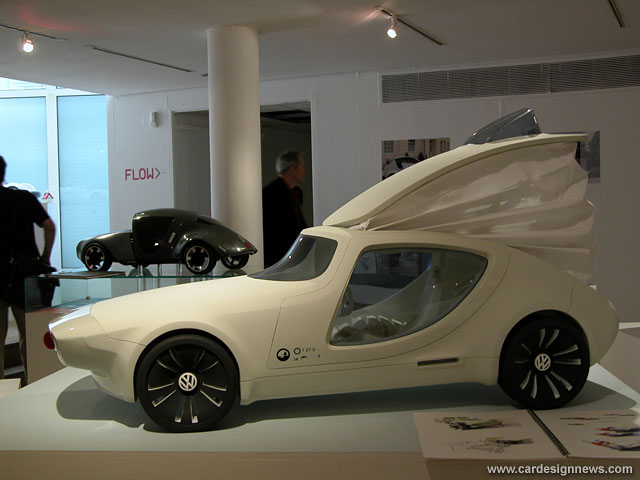
‘Living on Wheels’ by Jean-Arthur Madelaine-Advenier

Vehicle inspired by ceramic forms by Leonard Natterer
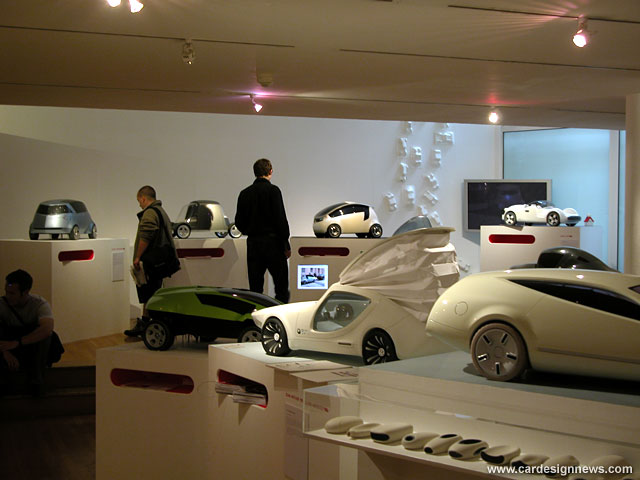
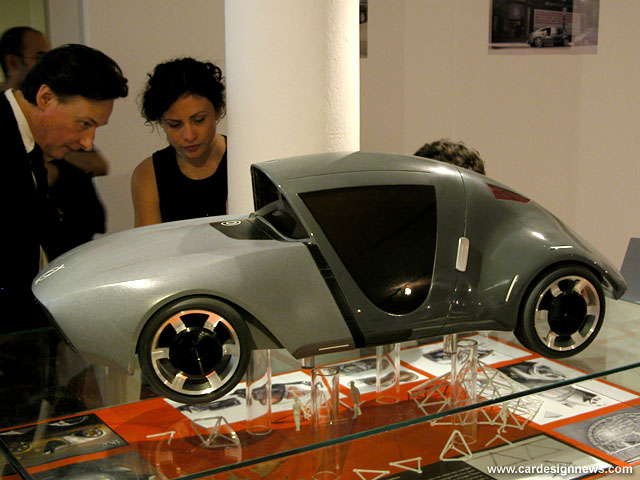
‘The Life and Times of a Vehicle’ by Robert Melville
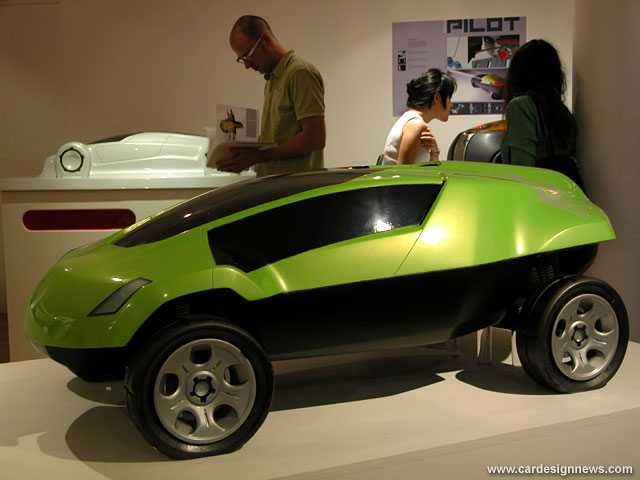
‘Mountain Bike Car’ by Mohammed Athur Ali
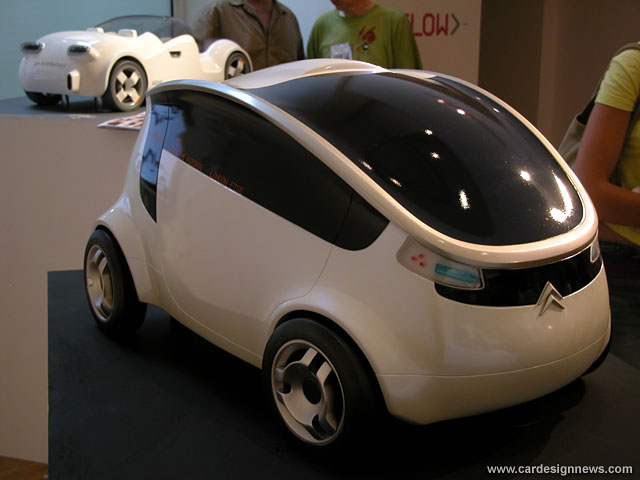
Citroën C1 by Pratap Bose

‘Ridge-Tide Experience’ by Peter Blades-Nixon

‘Progression of Form’ by Benjamin Payne
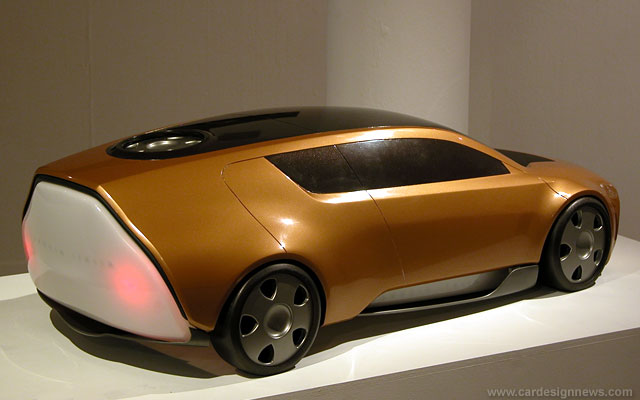
Lancia by Sacha Barber

Rolls-Royce by Namyoup Cho

‘Non-Branded Car’ by Toni Leinvuo

‘A Luxury Vehicle Exploring Time and Space’ by Dominic Nowakowski
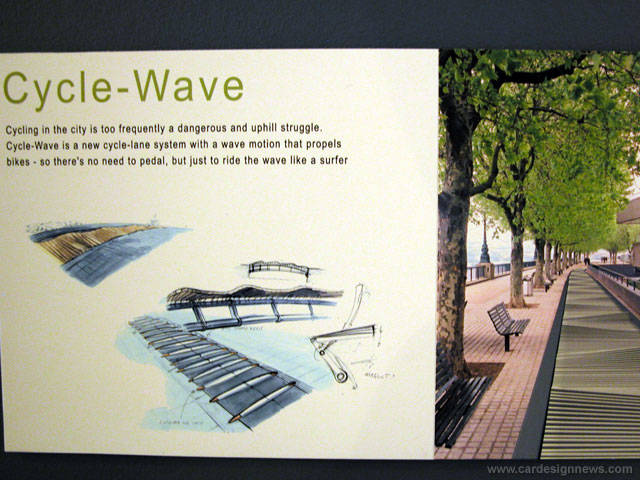
Graham Hodgson
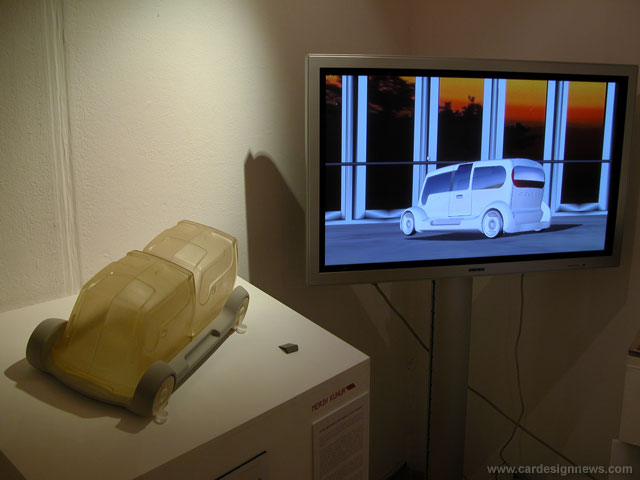
Merih Kunur (MPhil)
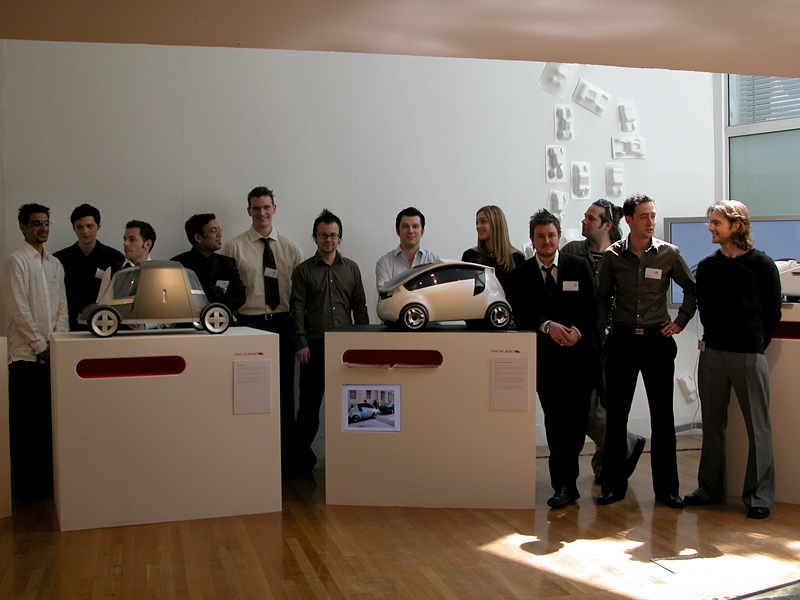
The MA Vehicle Design graduates (l-r): Mohammed Arthur Ali, Leonard Natterer, Jean-Arthur Madelaine-Advenier, Pratap Bose, Robert Melville, Victor Holmqvist, Sacha Barber, Chloe Edwards, Matthew Swann, Danny Ram, Benjamin Payne, Peter Blades-Nixon



